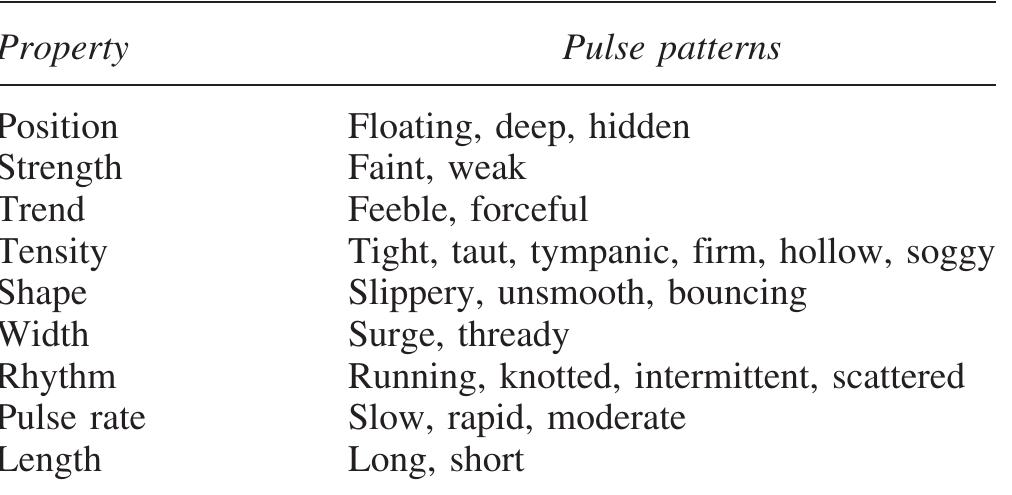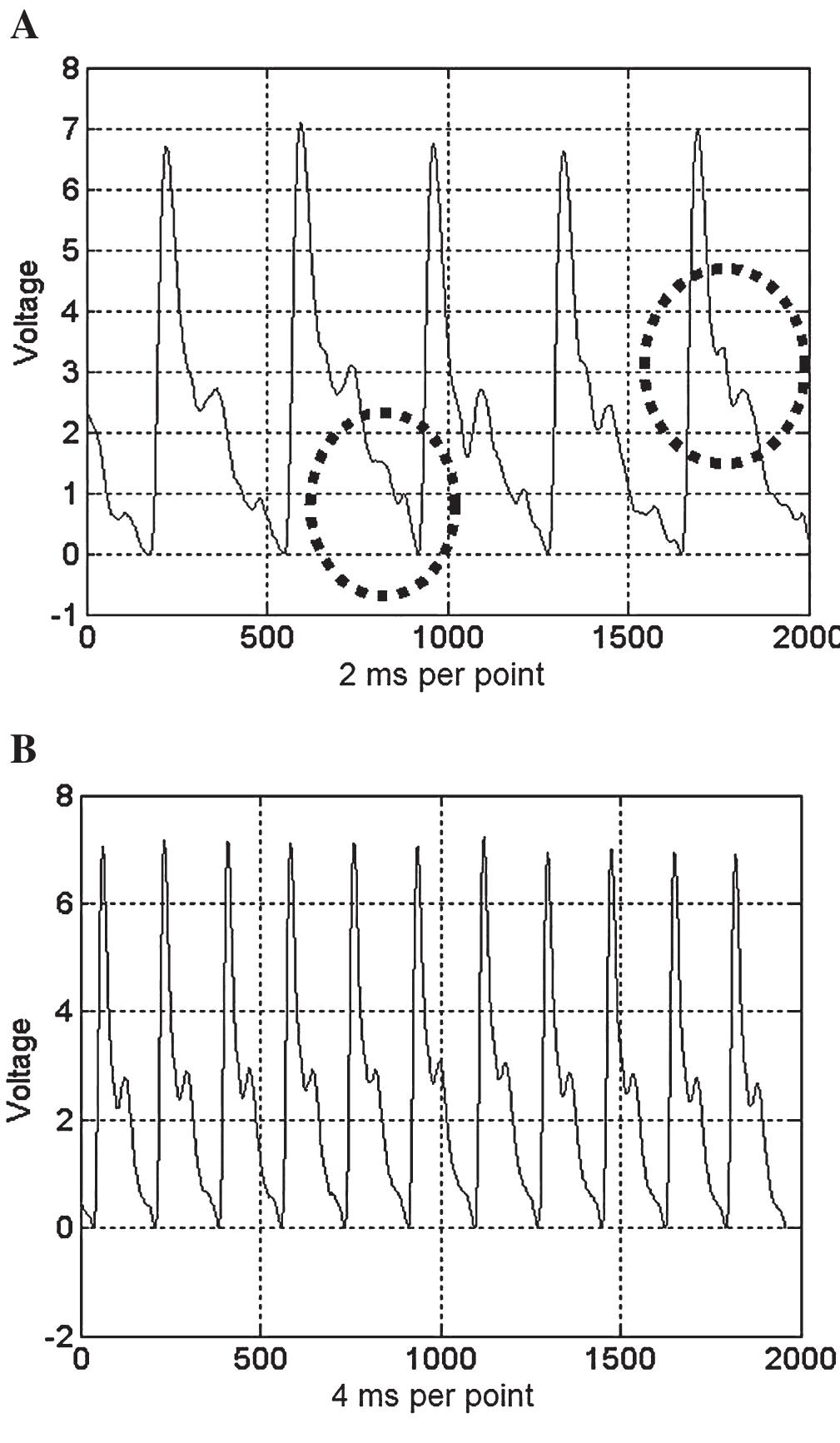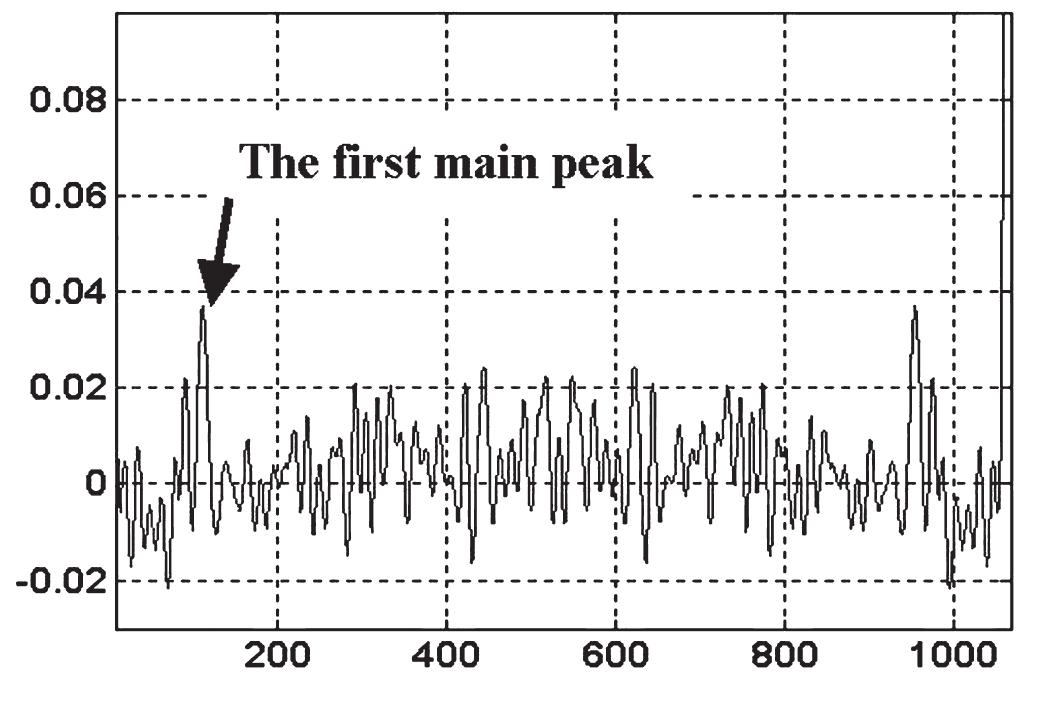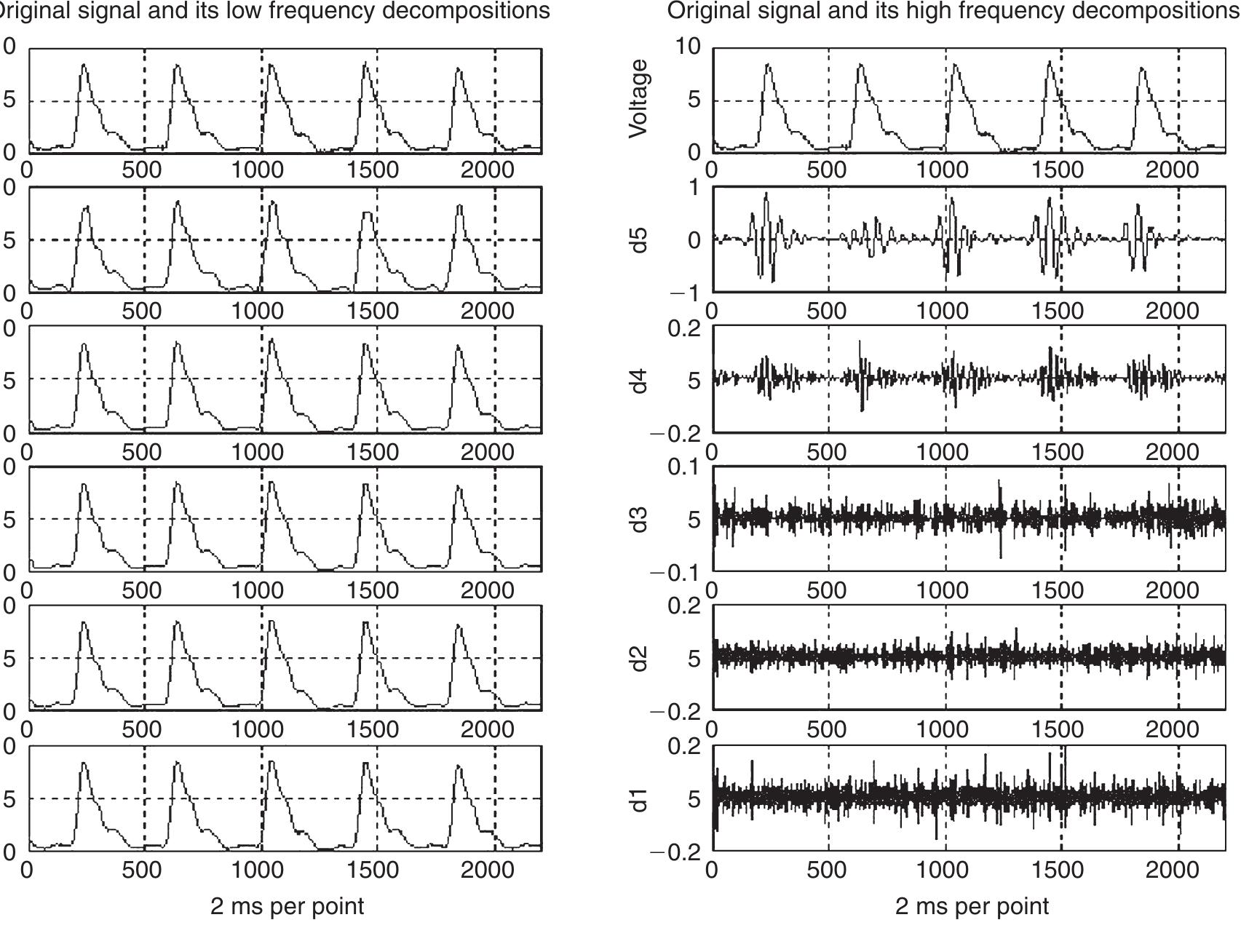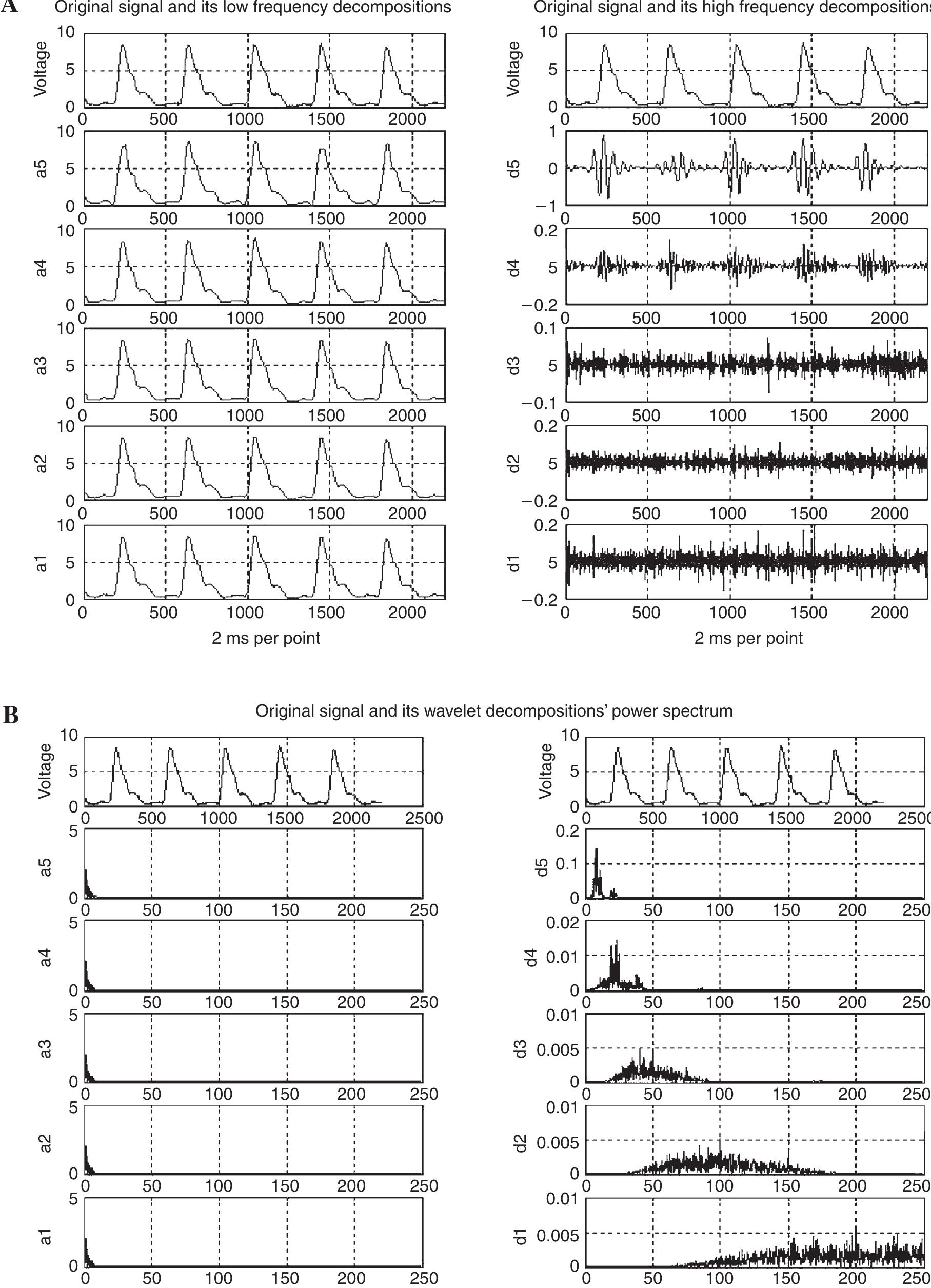Figure 2 – uploaded by 礼胜 徐

Table 2 DIFFERENCES BETWEEN TRADITIONAL CHINESE PULSE DIAGNosiIs (TCPD) AND PULSE DIAGNOsIS OF WESTERN MEDICINE (Xian Mai), tympanic (Ge Mai), firm (Lao Mai), soggy (Ru Mai), weak (Ruo Mai), scattered (San Mai), thready (Xi Mai), hidden (Fu Mai), bouncing (Dong Mai), running (Cu Mai), knotted (Jie Mai), and intermittent pulse (Dai Mai). As Table 3 shows, these pulse patterns are classified ac- cording to their shapes, widths, positions, strengths, trends, tensities, variations of the rhythm, etc. tinctive characteristics.!? The unsmooth pulse is caused by the internal accumulation of stagnant blood. The taut pulse is a very tense pulse, which feels like a taut lute string. The hollow pulse is empty inside, feeling like a scallion stalk. It indicates a massive loss of blood and essence. The slippery pulse is a sign of dampness, phlegm, or food stagnation.



